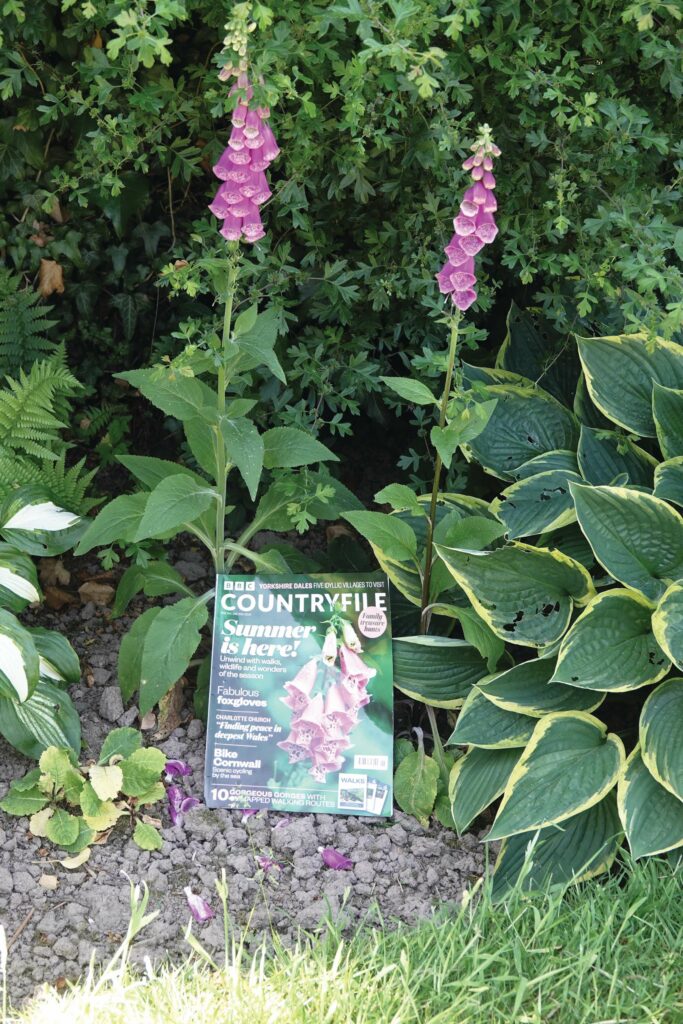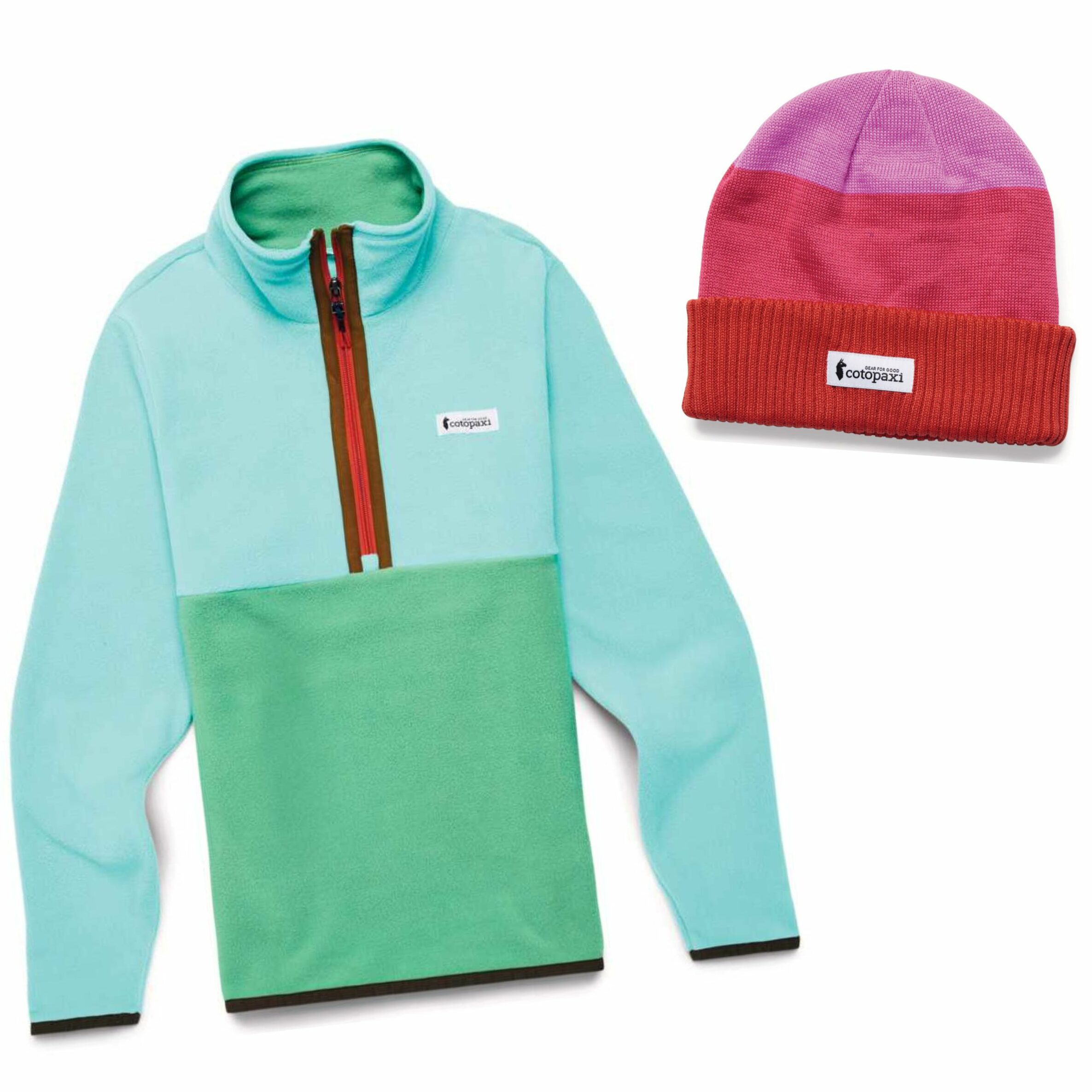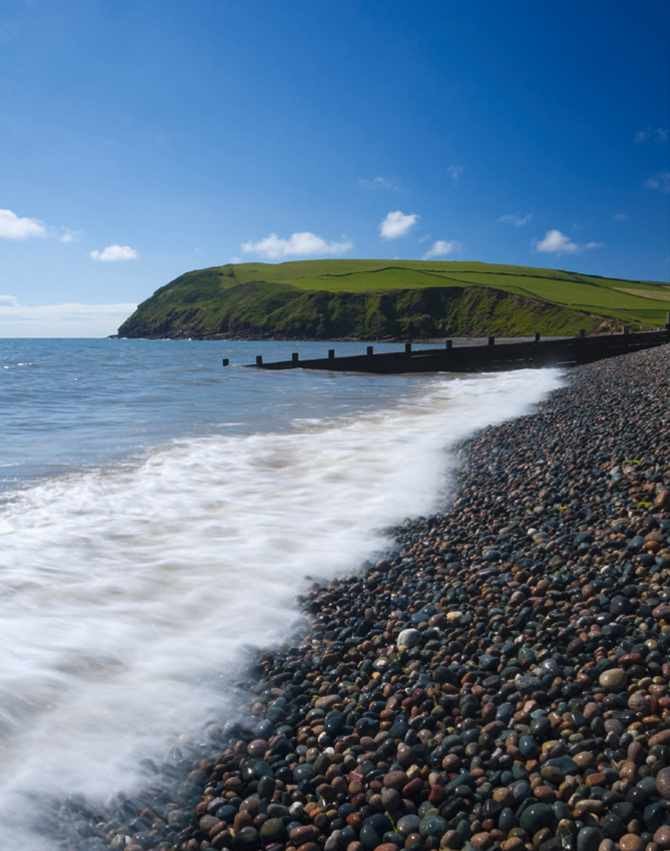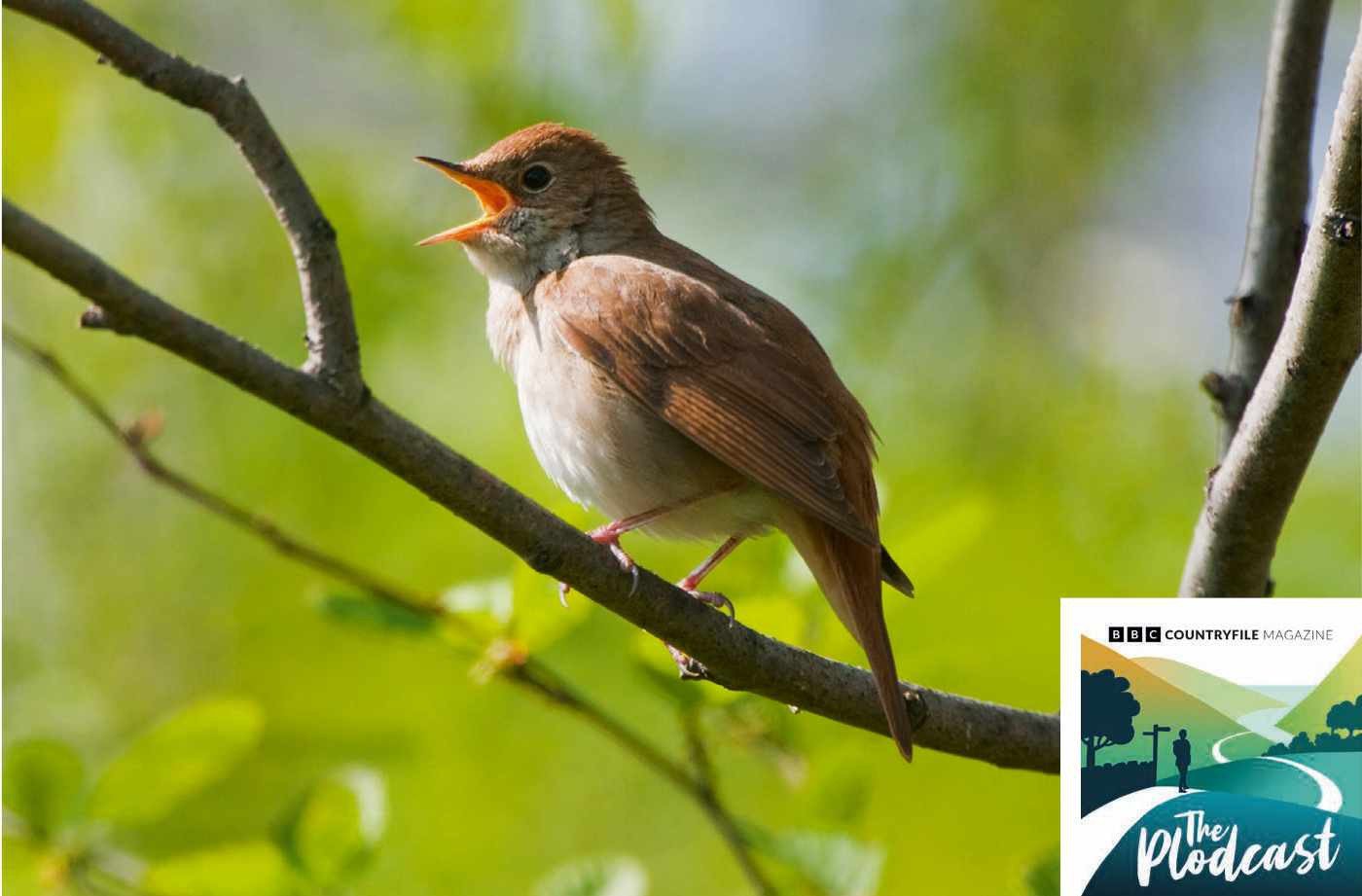HAVE YOUR SAY ON RURAL ISSUES
Share your views and opinions by writing to us at:
Have your say: BBC Countryfile Magazine, Eagle House, Bristol BS1 4ST; or email editor@countryfile.com, tweet us @CountryfileMag or via Facebook facebook.com/countryfilemagazine
*We reserve the right to edit correspondence
Letter of the month
FOXGLOVE FEVER

As my favourite flower is the foxglove, I enjoyed reading the feature in your June issue about foxgloves and their folklore. When I see foxgloves either in the garden or in the wild, it makes me think summer has truly arrived.
I include a poem I wrote titled ‘Lakeland Foxgloves’ and a photograph of foxgloves I took in the garden together with the June edition of BBC Countryfile Magazine that features foxgloves on the cover.
Lakeland Foxgloves
By an ancient moss-clad drystone wall
A piece of shade from the baking hot sun
Stood rigid a group of tall flowers Like soldiers on parade.
Their uniform – clothes of flowers
Painted Mother Nature’s palette of pink or white
Which filled me with delight
As I watched the furry bumblebee leave
The tubular bell-shaped flower in flight.
A herald of a Lakeland Summer
Of humid lazy days – silence
But for the buzzing of bumblebees with vibrating wings
Inside the delicate flower – as potted hand-bell-like bloom.
This sound enveloped me like a comfy blanket
As I lay in the foxglove’s summer spell.
A transient moment in time –
Oh how I love June for foxgloves
A true image of the Lakeland Summer of my mind.
Editor Fergus Collins replies: Thank you Helen – how lovely to be inspired by our foxglove story written by the wonderful Nicola Chester. And I’m always a sucker for a picture of the magazine out in the wild…
THE PRIZE

This month’s star letter wins a Cotopaxi Alto beanie (£25) and a Cotopaxi Amado fleece (£70). The Alto beanie is made from 100% recycled polyester and will keep you warm year-round. Lightweight and also made from 100% recycled polyester, the half-zip Amado pullover fleece has elastic binding at the cuffs and hem and is the perfect layering piece for outdoor adventures. Colours and styles may vary. uk.cotopaxi.com
200TH CELEBRATIONS
Congratulations on the 200th episode of the Plodcast! A fantastic achievement and testament to the range of topics covered, engaging interviews and your collective knowledge and passion.
While I’m here, I thought I’d share a few nature-related thoughts and experiences with you. All three of my children share my interest in the natural world, whether it’s watching Wild Isles and Springwatch, going out for walks together or discovering bugs and flowers in the garden.
This year, my son has developed a keen interest in birds and has been devouring my bird books. So as well as my solo walks, we now frequently head off together on our own adventures, on foot or by bike.
It has been fantastic and we have been very fortunate to spot a white-tailed eagle only 10 minutes down the road (having joked about our chances of seeing one just beforehand) and peregrines nesting near his school (having joked about that, too!).
We dragged the whole family out of bed to hear a late-spring dawn chorus and our first nightingale, and have been dive-bombed by a pair of godwits, protecting their young who had stumbled on to our cycle path.
Lots of wonderful encounters, and still so much to see and explore. Here’s to another 200 episodes!
NO MOW, NO INSECTS?
Please can you explain? I have let my garden lawn grow throughout May and our local authority has left the kerbside grass unmown all through the month, too, but I haven’t seen any bees around the area or indeed any other profusion of insects.
Editor Fergus Collins replies: This has been a strange year for insects, with many people reported a lack of them in April and May. The reasons are unknown, although it may be connected to last year’s extended heat wave and drought. Letting your garden lawn grow will attract more wildlife over time – and has the added benefit of protecting your grass during dry periods. Just look at any patch of mown lawn during the May/June dry weather this year – it will have turned yellow and look quite sad.
CULLING NOT THE ONLY OPTION
Regarding the article ‘Why do we cull deer’ in your June issue, when talking about alternatives, there are other options. With the onset of data collection tools, it is far easier to monitor and control deer populations. This can be illustrated by the success of managing deer in Coillte forests in Ireland since rolling out a digital observation system; it can also be seen in other countries across Europe.
The UK is very much the outlier in regard to the adoption of technology for wildlife and habitat management. The fact we can’t quote numbers more accurately than “between 650,000 and two million” highlights how little we know about our deer populations.
I’m happy to talk about the role the countryside organisations play in wildlife and habitat management in the UK and why there is a reluctance to adopt the principles of adaptive wildlife management.
COAST TO COAST LENGTH

I noticed that Alfred Wainwright’s Coast to Coast walk was mentioned in your Walking Special, with the total distance quoted as 182 miles. I walked it in the year 2000 in 13 days and in 2009 in 12 days. The length of the official route is 192 miles. I know that walkers sometimes vary from the official route and make the distance shorter.
All memorabilia I own for the long distance walk – fridge magnets, plaques etc – have 192 miles on them so the distance you quoted was wrong by 10 miles. I was hoping to walk the route in 2022 to celebrate my 70th birthday, but had to dismiss the thought because of hospital operations. I’m hoping to walk the route again as soon as possible.
Hear the nightingale’s song

Earlier this year we had a beautiful holiday in Menorca. It is a wonderful and relatively unspoilt island that is a joy to visit in spring when it’s not peak holiday season, the wildflowers are out in profusion and insects and birds are everywhere. On our first day of walking, we had stopped by some trees halfway up a hill and I heard a bird singing such a beautiful song. I used my bird app and immediately it responded that it was a nightingale! From that day on, we went on many walks in the countryside and every time we were near trees, we heard nightingales. Of course, by then I had realised that they spend a lot of time on the island and are fairly common but I was so gladdened to hear them and know they are doing well in other places in the world. I made a recording while standing under the small tree that the bird was in. It is not the best example but gives you an idea of what it was like.
Editor Fergus Collins replies: Thank you Bridget for this wonderful recording that readers can hear on episode 201 of the BBC Countryfile Magazine podcast, known as the Plodcast. You can hear this and all our episode on Apple Podcasts, Spotify and all good podcast providers.